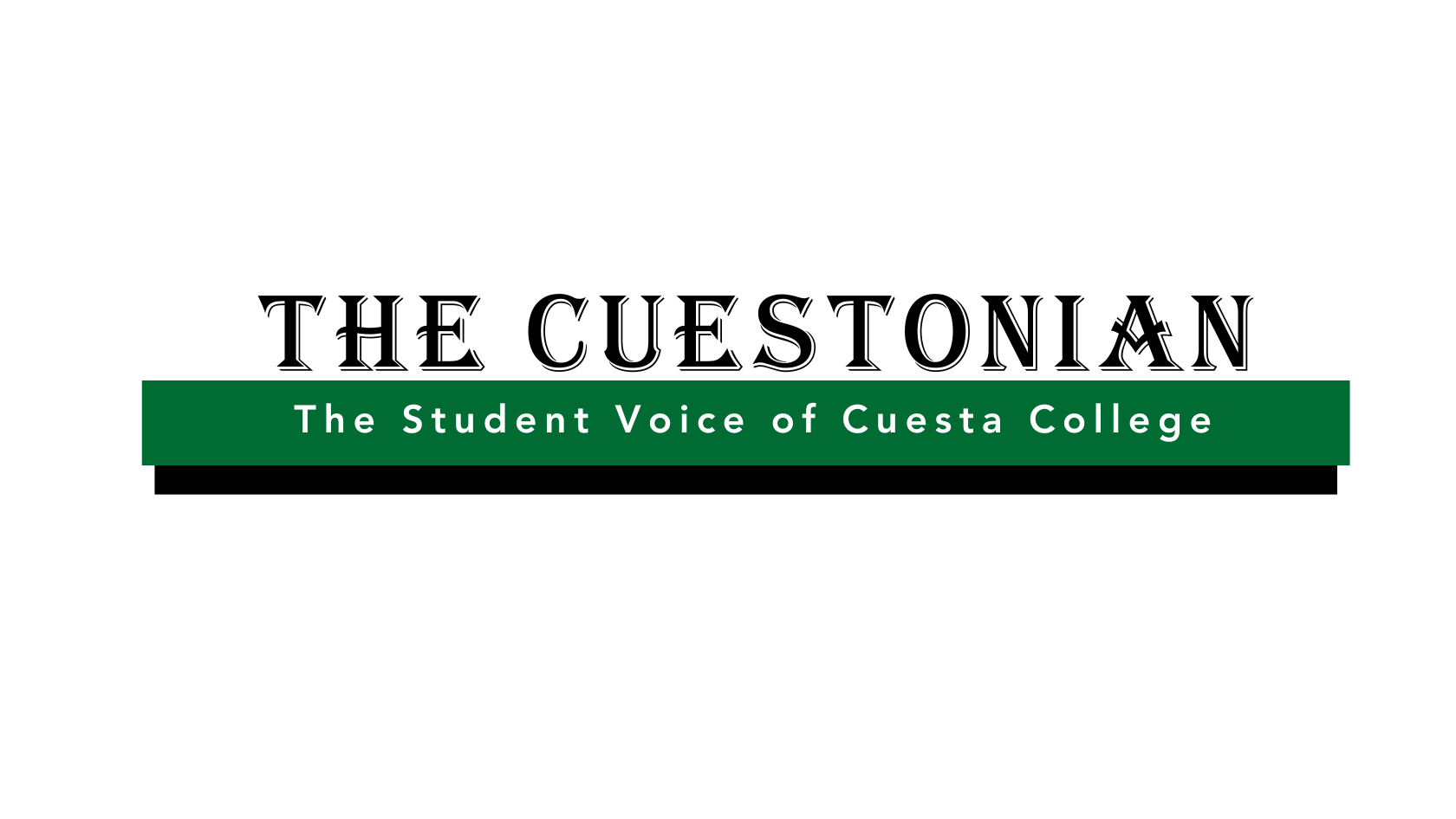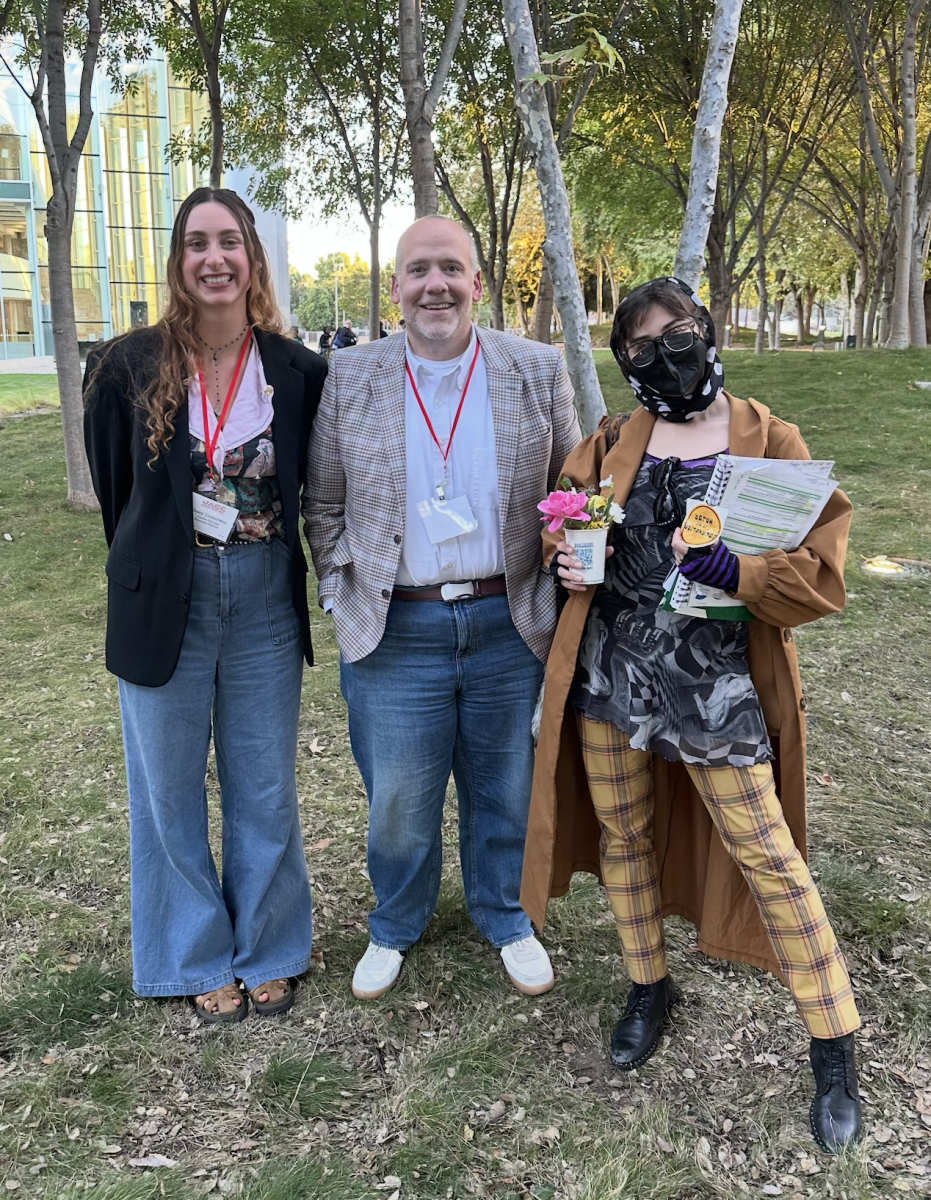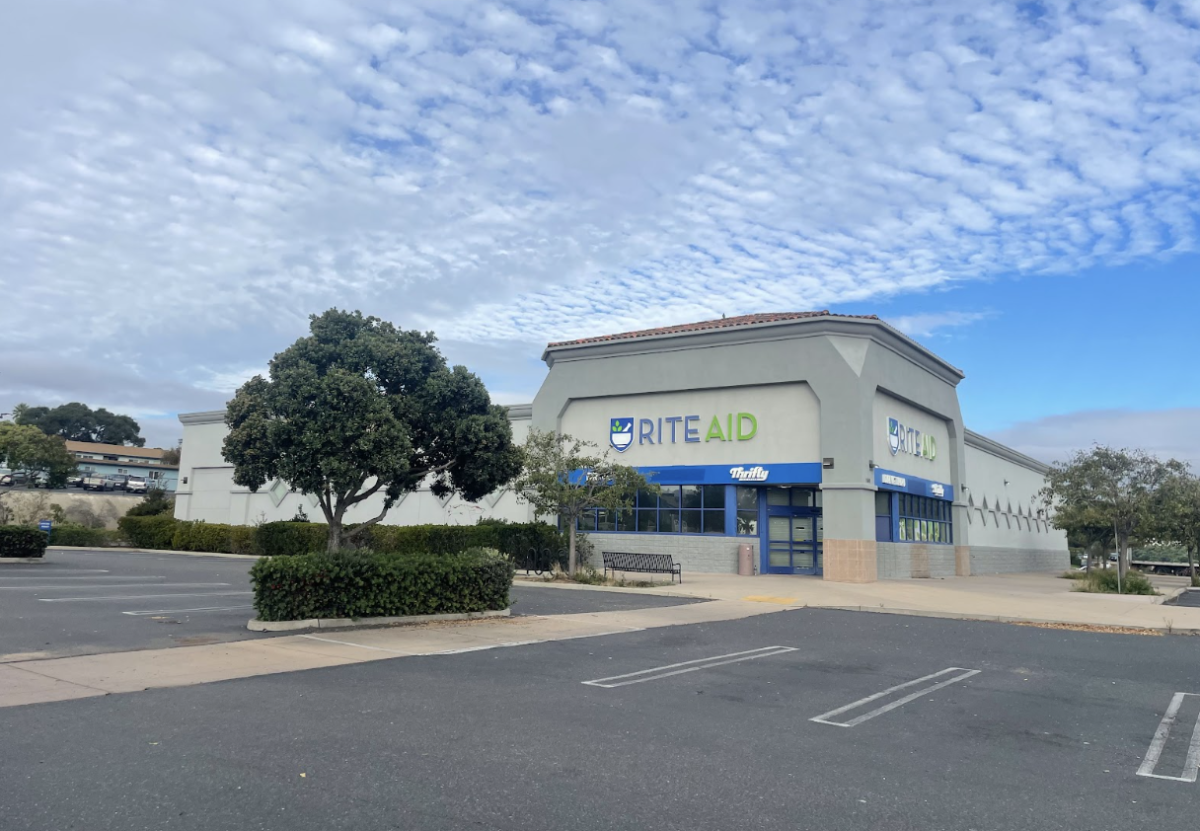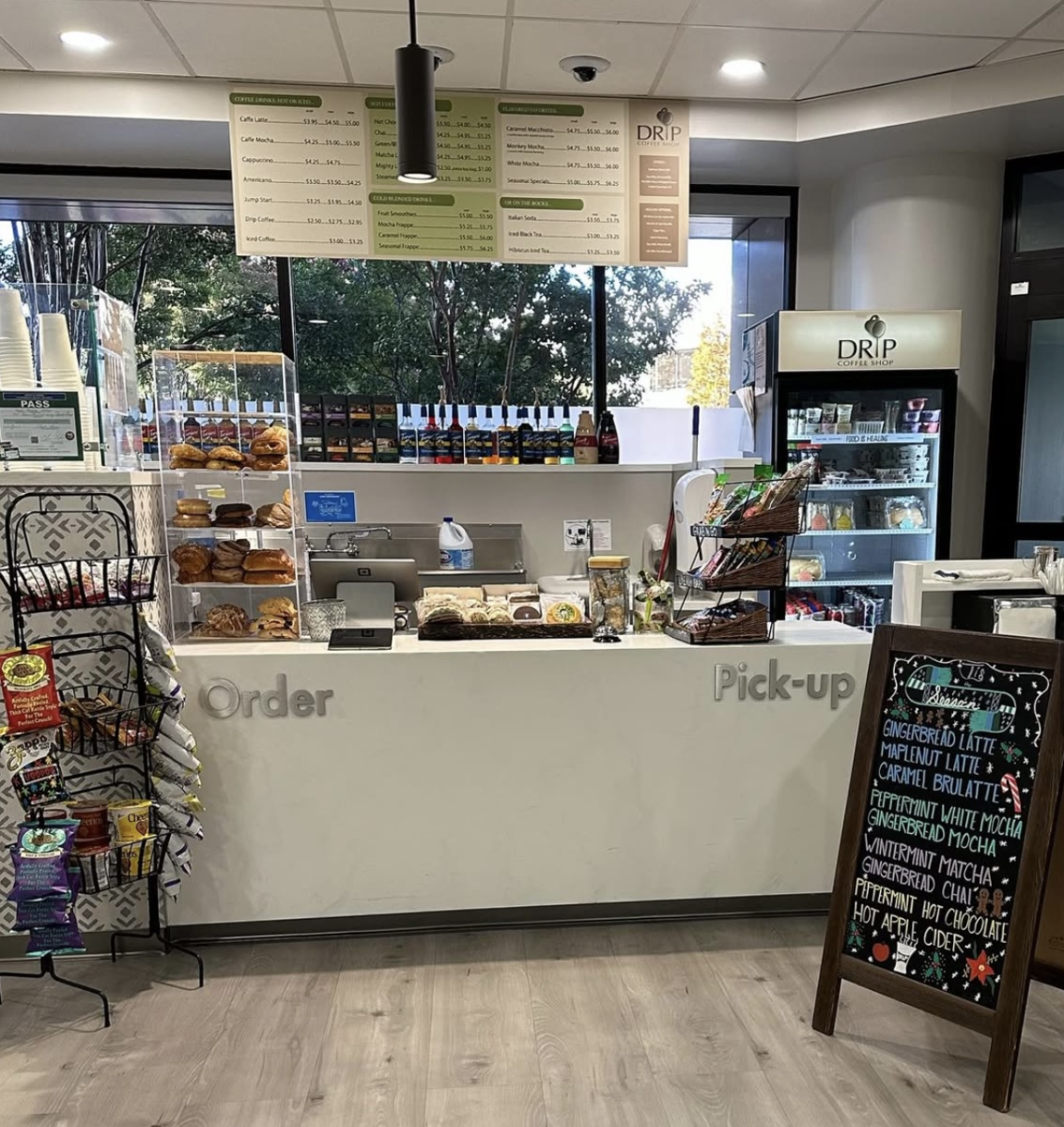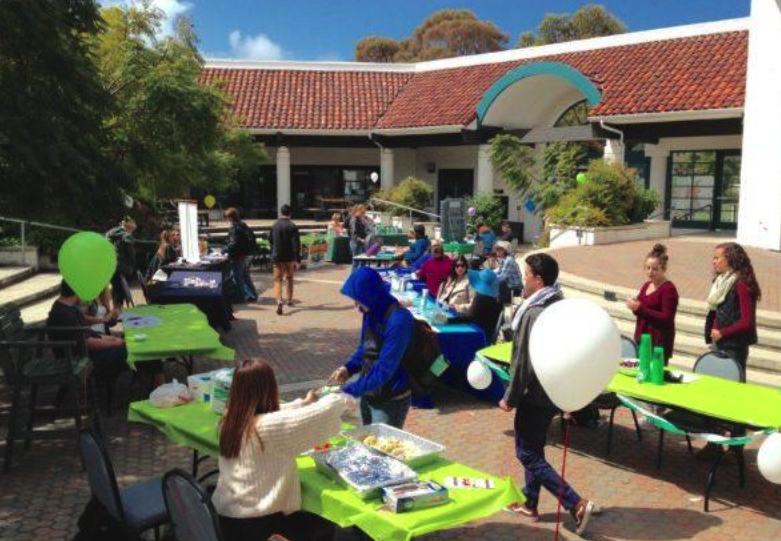Students gathered in the Science Forum courtyard on April 25 to view Cuesta College students’ STEM research. This is the second year of poster presentations collaboration between the Cuesta College Louis Stokes Alliance for Minority Participation (LSAMP) program and Cal Poly LSAMP program. Yet, this is the first time Cuesta College has participated in Undergraduate Research Week with the Council of Undergraduate Research. The week celebrated students’ first hands-on research opportunities in STEM academics.
Cuesta’s undergraduate research opportunities have been partially funded by grants from the National Science Foundation’s Improving Undergraduate STEM Education. From this, students have the chance to develop their research skills on a team and work collaboratively with a faculty mentor.
“It’s been awesome. You can see the effect on confidence on students and empowerment to keep going in STEM. It’s been great to have the students view the next step, and then also have the opportunity to do it here,” said math instructor Gabi Cuarenta-Gallegos, a coordinator for a research grant for underrepresented students in STEM.
A member from each group presented an overview of their research alongside a poster with details of their research.

Brooke Halasey, a mechanical engineering student and president of the Marine Robotics Club, is a part of the research team for “How We’re Building an ROV: A Student-led Assembly of a 48V Tethered Robot,” a group made up of nine students and a faculty mentor.
The research started this semester to build a 48-volt tethered robot.
“Currently, [we] have all of the supplies and funding for students to compete in this competition.” Halasey said. “Basically, [it] started from a kit, but the kit is pretty complex in the sense it just consisted of having to assemble all the circuit boards and do the programming and some basic designs. So the kit just gives us all the raw materials.”
The Marine Robotics club is associated with this research group, meeting weekly. The club has funding for ten members to go to Michigan for National Worlds and chances to fundraise for more to attend. The task this year was taking pictures, gathering samples, and testing whether the robot can be submerged under 20 feet and continue to be stable.
A mechanical engineering student at Cuesta, Lina Guardado, is a part of a research team on “Utilizing pressure sensors to move a vex robotic arm and track system using a Arduino microcontroller.” This project included three Cuesta students and one faculty mentor. The research project began last year in January and ran through October when the team presented its research at Cal Poly.
“Our goal was to kind of create like an autonomous track system so we could make trail mix and stop at each station adding a different ingredient. We tried to use pressure sensors but realized it was the wrong kind of sensor to use,” Guardado said. “Ultimately, we ended up focusing on just the calibration of the pressure sensors because we were using vex part and arduino parts, we couldn’t exactly get the code for them to speak to each other.”
Cuesta biology student Alana Hess participated in binary star research in the Astronomy 299 course. From Hess’s team research, they will be able to publish new orbital data points on the orbital plot to the United States Naval Observatory, anticipating the data being published next fall.

Recently, the team attended The National Conference of Undergraduate Research in Pittsburgh. “I think it’s really good use of softwares in different programs, especially, when we’re trying to explore new things in space,” Hess said. “It’s really important to have knowledge in the softwares because it makes it easier for us.”
Cuesta’s faculty provides guidance for the programs.
“It’s great to finally get some of these programs off the ground. It was a bit of a haul. We’ve been working toward trying to have undergraduate research at the front of things we do in STEM at Cuesta and I think trying to get that support is certainly appreciated, but also a little bit slow going sometimes,” Biology Department faculty and, principle onvestigator of the National Science Foundation, Laurie McConnico said. “It sort of shows just how important it is to have undergraduate research at community colleges, because so many counterparts at four-year schools are getting those opportunities in their first and second year and so the idea is that we can provide those same kinds of experiences in STEM for students here at Cuesta.”
Students are currently conducting research and there are more opportunities to be involved with undergraduate STEM research. Visit Cuesta’s website for further information.


